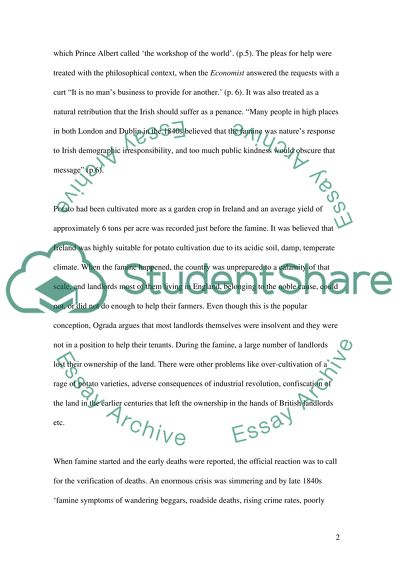Cite this document
(“The Irish Famine Essay Example | Topics and Well Written Essays - 1500 words”, n.d.)
Retrieved from https://studentshare.org/miscellaneous/1510799-the-irish-famine
Retrieved from https://studentshare.org/miscellaneous/1510799-the-irish-famine
(The Irish Famine Essay Example | Topics and Well Written Essays - 1500 Words)
https://studentshare.org/miscellaneous/1510799-the-irish-famine.
https://studentshare.org/miscellaneous/1510799-the-irish-famine.
“The Irish Famine Essay Example | Topics and Well Written Essays - 1500 Words”, n.d. https://studentshare.org/miscellaneous/1510799-the-irish-famine.


